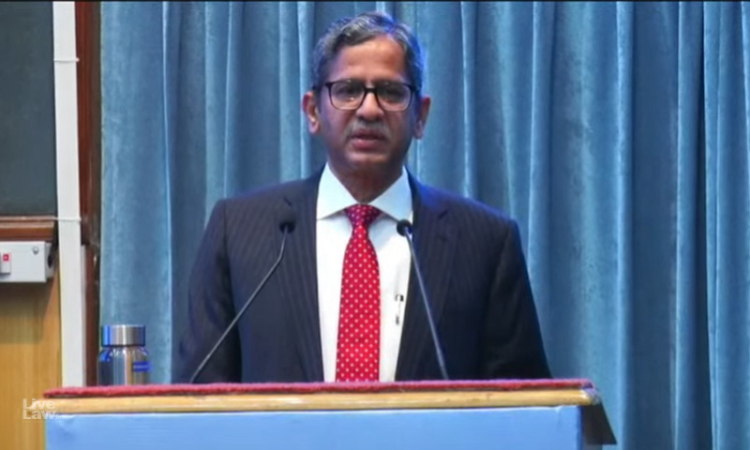Stronger Enforcement Provisions Against IPR Infringement Needed : CJI NV Ramana
LIVELAW NEWS NETWORK
26 Feb 2022 12:50 PM IST

Next Story
26 Feb 2022 12:50 PM IST
Speaking at the National Seminar on adjudication of IPR disputes in India, the Chief Justice of India NV Ramana on Saturday said that there was a need for stronger action against acts of infringement of intellectual property rights."Provisions for stronger enforcement and action against infringement are the need of the hour", CJI Ramana said.He also pointed out that the the vesting back of...
